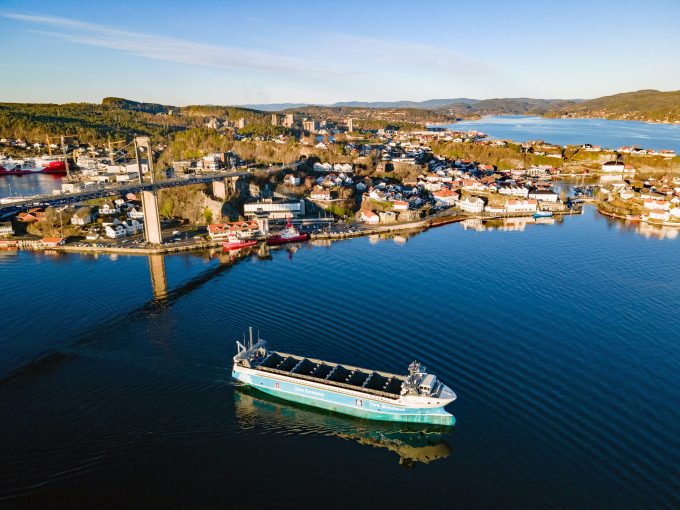Japan's second autonomous box ship begins trials
A domestic Japanese feeder ship is being retrofitted for autonomous shipping as part of the ...

Claiming a new concept for shortsea shipping, FleetZero, says it offers an alternative to the Yara Birkeland model of coastal shipping, and could provide the way in for automated and/or all-electric vessels.
Yara Birkeland will be the world’s first fully electric and autonomous container vessel ...

Comment on this article
Asaf Ashar
April 07, 2022 at 2:47 pmIt should be a Ro/Ro system, based on domestic ports
(see NPWI 2011 study on US coastal shipping)